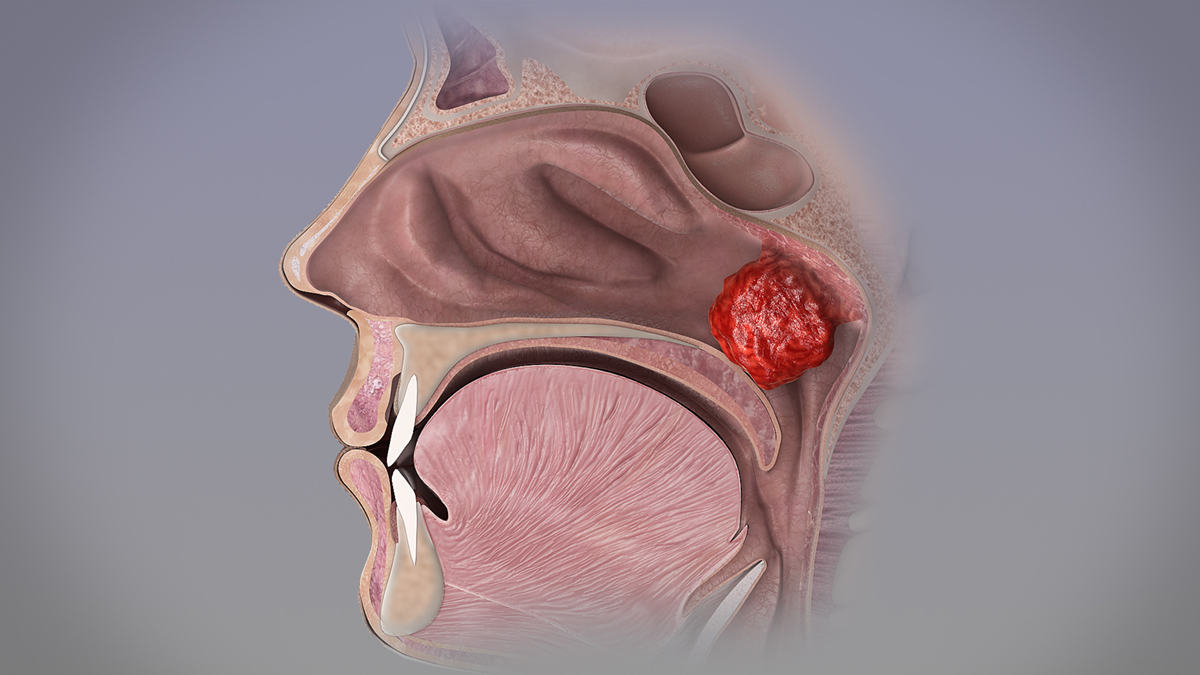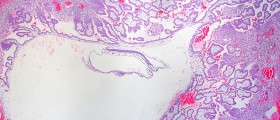
Adenoidectomy is the medical term for surgical removal of the adenoids, a mass of lymphoid tissue that is located at the back of the oral cavity, posterior to the nasal cavity and in the roof of the nasopharynx. In children adenoids are usually large and they increase even more in case of repeated respiratory infections. As a result, the child starts experiencing breathing difficulties and becomes more susceptible to chronic infections of the upper respiratory tract. Abnormally enlarged adenoids require surgical removal. This is achieved with adenoidectomy. Adults have no problems with adenoids because these structures tends to shrink in time and the very head grows bigger so there is a sufficient space for the lymphoid tissue, meaning that once the person grows older adenoids no longer block the flow of air at the back of the nasal cavity.
Adenoidectomy for Adenoids Removal
In the year 1867 William Meyer performed the first version of adenoidectomy by using only a ring forceps. He reached the glandular tissue through the nasal cavity and performed resection. The procedure became more and more popular, slightly altered and eventually by the beginning of the 1930s it became a routinely performed surgery among small children and children of school age.
Adenoidectomy is either performed alone or together with tonsillectomy, a surgical removal of the tonsils, lymphoid organs located in the oral cavity at the entrance of the throat. Even though the procedure has been performed by different medical specialists for many years today it is exclusively done by otolaryngologists.
Why do Adenoids Enlarge?
As it has already been mentioned the adenoids comprise lymphatic tissue. This lymphoid organ is actually the same as the tonsils in the oral cavity with the similar function. Namely, they all work to ward off infection, entrap infectious agents not allowing them to spread further and cause more complex problems. These lymphoid organs also produce antibodies, mighty warriors of the immune system which efficiently detect harmful substances called antigens. Antigens may be microorganisms (bacteria, fungi, viruses and parasites) or various chemicals.
Scientists have managed to estimate the exact time of embryonic development during which adenoids start to form. They are the part of the so called Waldeyer ring, a mass of lymphoid tissue that apart from adenoids contain palatine tonsils and the lingual tonsil, the one that covers the posterior region of the tongue. Gradual enlargement of the adenoids begins immediately after birth. The growth continues until the child turns 5-7 years of age. In case these structures become way too big they cause problems such as nasal obstruction, snoring etc. Further growth of the child is accompanied by gradual shrinkage of the adenoids. Also, the head becomes bigger so even in case the adenoids do not shrink, the space around them becomes wider and they move away from the nasal cavity allowing air to pass uninterruptedly.
The adenoids can easily entrap infectious agents. By doing so this lymphatic structure makes some individuals become more prone to recurrent sinusitis or persistent ear disease. Also, the adenoids may enlarge sufficiently to interfere with proper drainage of sinuses. As a result, mucus tends to collect inside the sinuses and create perfect environment for bacterial and other infections. In the majority of cases infections of the upper respiratory tract and the middle ear associated with enlarged adenoids are caused by Haemophilus influenzae, group A beta-hemolytic Streptococcus and Staphylococcus aureus. Moraxella catarrhalis and Streptococcus pneumonia may also be blamed for serious and repeated infections of the aforementioned structures.
How Often is This Procedure Performed?
Recently obtained information shows that it is actually rather difficult to estimate how often adenoidectomy is performed nowadays because in the majority of cases patients do not require hospitalization. In stead they undergo the surgery on an outpatient basis. Unfortunately, the number of such patients is not properly reported. Still, many doctors think that today adenoidectomy along with tonsillectomy may be performed too often. The data from the year of 1971 show that more than 1 million people in America were treated by tonsillectomy or adenoidectomy. Even the combination of the two were performed. Adenoidectomy accounted for 50,000 surgeries. Within the following 10-20 years the number of operated patients decreased by 4 times.
Due to possibility that the aforementioned surgeries may be done even in patients who actually need not to have their adenoids removed, today doctors carefully choose patients who will benefit from the surgery. Adenoidectomy is truly indicated in children with adenoidal obstruction, those with chronic or recurrent sinusitis (again associated with enlarged adenoids) as well as patients with chronic or recurrent adenoiditis. Also, the surgery is of major importance for children in whom adenoidal enlargement may lead to chronic otitis media.
All in all, adenoidectomy is not a complex procedure but it should be performed only if there is utter necessity i.e. adequate indication. Complications are rare and they include bleeding, infections, hypernasality and difficulty swallowing.

















Your thoughts on this
Loading...